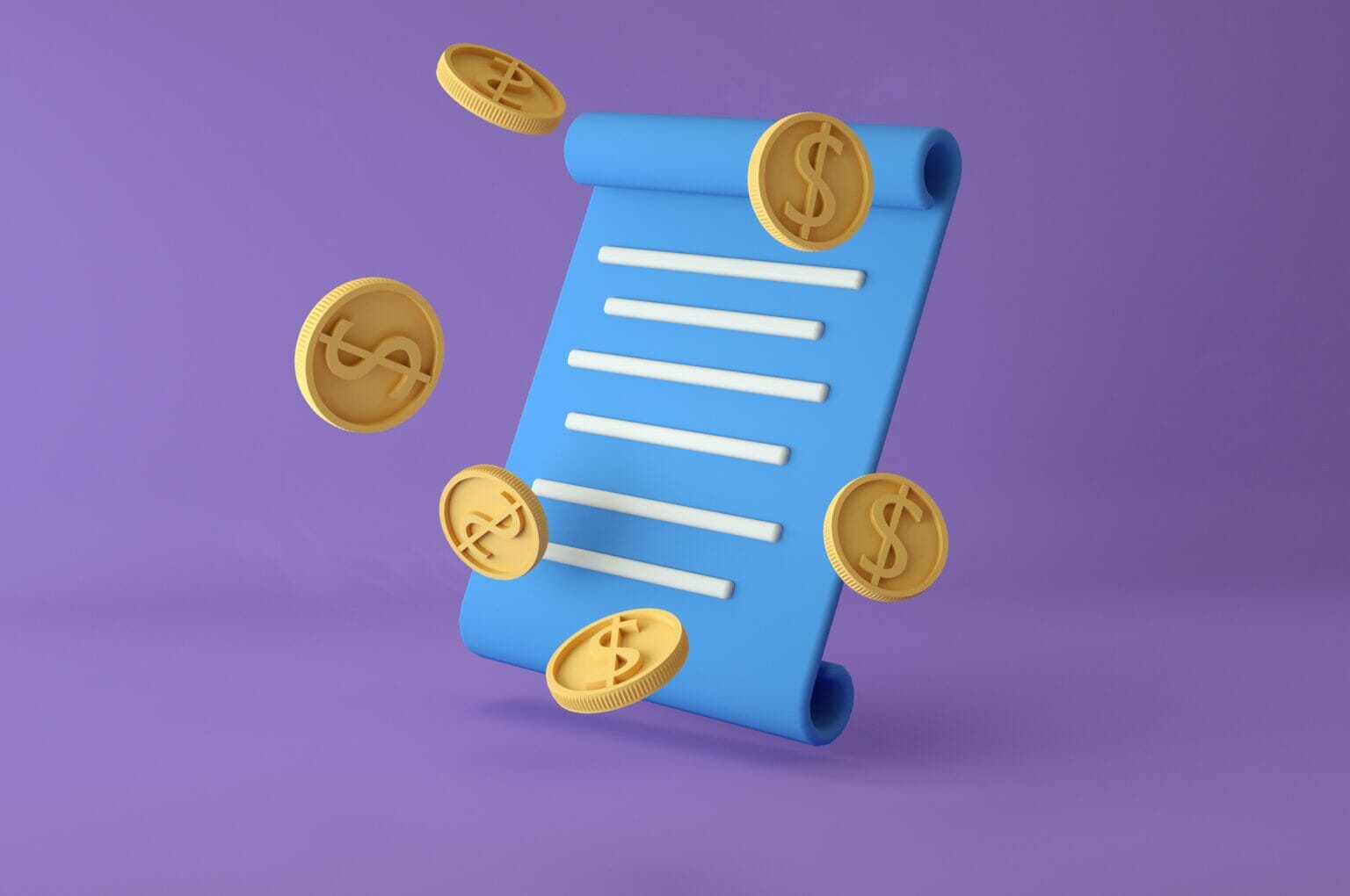Moody’s was worried about U.S. Bank and Fifth Third Bank, both smaller banks.
This week, Moody’s lowered the ratings and gave outlook warnings for several U.S. banks; this shows that the industry is still under pressure after Silicon Valley Bank went out of business.
Concern about the sector went down after the second quarter results showed that most banks could keep their reserve levels stable after losing more money during the regional banking crisis in March. But a new problem may make things harder for small and medium-sized banks: they have to pay customers more for savings at a faster rate than their income from loans grows.
“Banks kept their deposits, but they did so at a cost,” said Ana Arsov, global co-head of banking at Moody’s Investors Service and co-author of the downgrade report. “They’ve had to pay for it with more expensive money. It’s a problem for making money because deposits keep leaving the system.”
Most of the time, banks do well when interest rates go up. They raise the rates on credit card loans and other goods immediately but tend to raise the amount they pay depositors more slowly; this increases their loan margins, which makes their main business more successful.

This time, the boost from higher rates lasted only a short time. It went away in the first quarter of this year when bank failures jolted investors out of their slumber, and the growth in net interest margin turned negative.
“For the time being, banks are making the most money they can,” Arsov said. “One of the best things about U.S. banks is that they make more money than banks in other countries on average. This won’t be the case anymore because loan growth is slowing down, and banks won’t be able to make as much on the spread.”
Some regional banks had lower capital levels than their peers, and Moody’s worried about commercial real estate defaults. These were the main reasons Moody’s changed its bank ratings after taking earlier steps.
In March, Moody’s put First Republic and five other banks on review for possible downgrades. It also changed its outlook for the business from stable to negative.
Falling margins hurt several banks’ credit decisions. This week, Moody’s said it was looking into downgrading U.S. Bank because of its “rising deposit costs and increased use of wholesale funding.”
It also changed its view on Fifth Third from stable to negative, saying that higher deposit costs were to blame.
The banks didn’t answer our questions right away.
The expert emphasised that the U.S. banking system was still robust and that even the banks that were cut were rated investment grade, which means they had a low chance of going bankrupt.
“We’re not saying that the banking system is broken. Instead, we’re saying that profitability will be under pressure in the next 12 to 24 months because regulations are getting stricter and credit costs are going up,” said Arsov.
